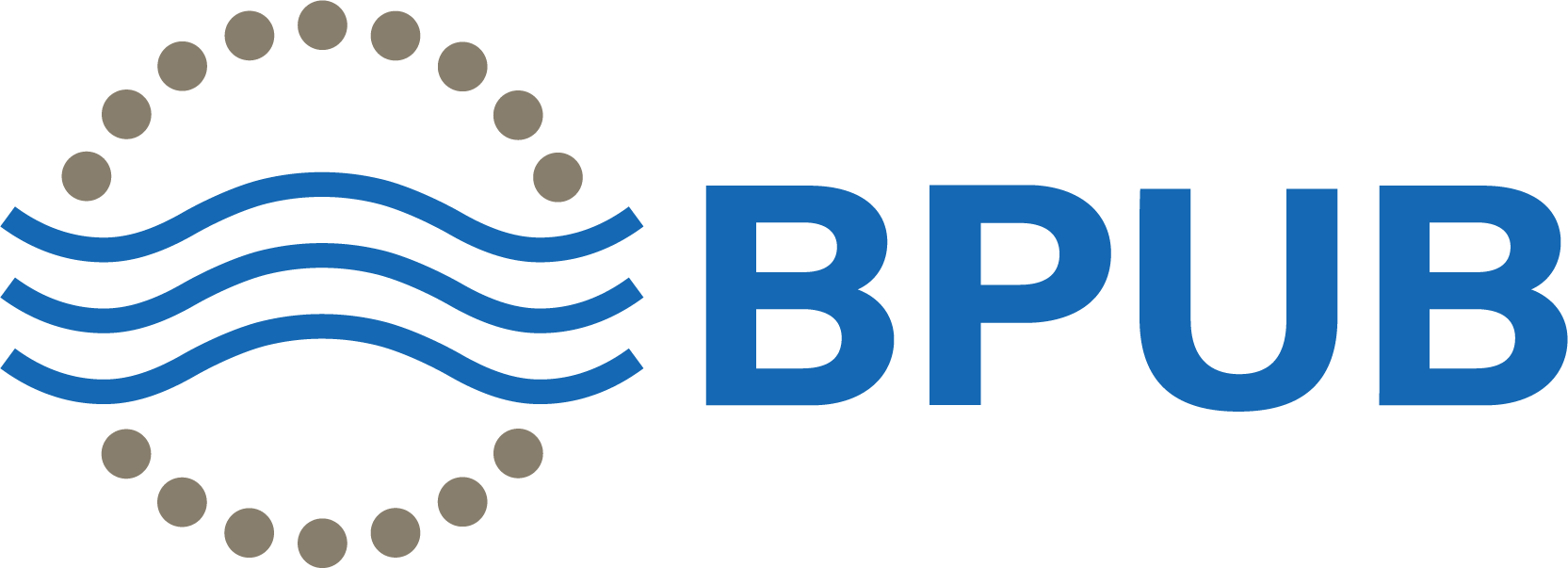Attic/Ceiling Insulation
Properly Installed Insulation Improves
Comfort While Saving Energy
Insulation is one of the keys to a comfortable, energy-efficient home. But simply having the right amount of insulation is not enough. If insulation is not installed correctly, a home can have excessive heat gain during the summer and heat loss in the winter — forcing the heating and cooling systems to work overtime.
Properly installed insulation will completely blanket the home — exterior walls, ceiling and floors — without gaps, voids or compressions. It will fully contact the interior air barrier (for example, drywall). Continuous sealing of the air barrier along the insulation is critical to protecting against the moisture damage caused by warm air flow through the insulation to colder surfaces where it can condense. Expect ENERGY STAR-qualified homes to have insulation that meets or exceeds the latest national code requirements, providing year-round comfort while reducing utility bills.
Types of Insulation
Builders have many choices for the types of insulation they use. All insulation can be effective if properly installed and coupled with a continuous air barrier. Insulation materials are rated according to their ability to resist heat flow. This thermal resistance rating is commonly known as an “R-value.” The higher the R-value, the better the material is resisting heat flow. ENERGY STAR-qualified homes can include one or more of the following types of insulation:
BPUB Rebate Eligibility:
- Applications are subject to verification. The rebate will not be paid if the verification cannot be completed
- The installation address must match the address on the active BPUB electric services account
- The application and supporting documents must be completed and submitted within 45 days of installation.
- The rebate recipient (tenant/property owner) must be a BPUB customer. Property ownership will be verified using county tax records
- Only one application is accepted per address per fiscal year (October 1 through September 30).
- BPUB may discontinue the program at any time. Rebates are contingent upon fund availability
Insulation Rebate Program Terms and Conditions:
- Rebate Amount = ($0.01) x (square foot of insulated space) x (R-value added); up to $500.
- To qualify, attic insulation must be installed between a home’s main area in conditioned (air-conditioned living area below the ceiling) and unconditioned areas (attic); garages and other non-conditioned rooms do not qualify.
- Final insulation must have an R-value of:
- R-38 for Batt, Blown-in, or Rigid
- R-23 for Spray Foam
- Polyurethane spray foam (closed-cell) applications shall be a minimum of 5 inches thick when applied to the interior roof deck.
- Polyisocyanurate spray foam (open-cell) applications shall be a minimum of 5.5 inches thick when applied to the interior roof deck.
- The insulation installer will determine and be required to document each home's current insulation level on the invoice. The degradation due to the age and density of the existing insulation should be considered.
- Rebate only applies to the newly installed insulation.
- Provide the Property number from Cameron Appraisal District. Square footage measurements will be verified against Cameron County Appraisal District https://www.cameroncad.org/property-search
- An itemized and dated invoice from the contractor or retailer must include the manufacturer, the type of insulation, the existing R-value (if applicable), the R-value installed, the square footage installed, and the installation address and date
Insulation Rebate Program Instructions:
- Ensure you meet both Eligibility and Program Terms and Conditions.
- Complete the entire Insulation Rebate application.
- Option 1: Complete the Application Online (preferred method to get automatic updates).
- Option 2: Deliver the application and supporting documents to 1425 Robinhood Drive. (No automatic updates available) Please keep a copy for your records. Attic Insulation Application
- Provide an itemized and dated invoice from the contractor or retailer. It MUST include the manufacturer, the type of insulation, the existing R-value (if applicable), the R-value installed, the square footage installed, and the installation address and date.
Credit to the account is typically applied 3-6 weeks after receipt of all documentation. Please direct all questions to 956-983-6282 or E-mail [email protected].
